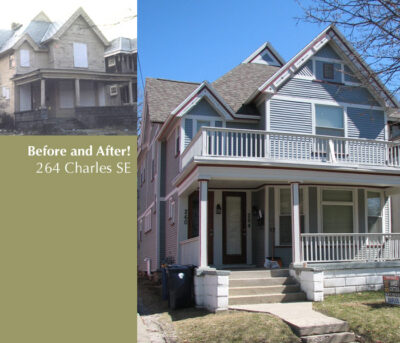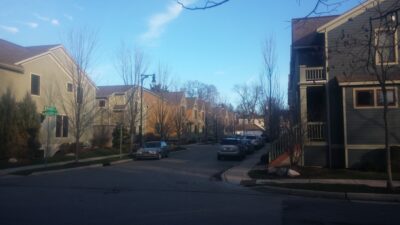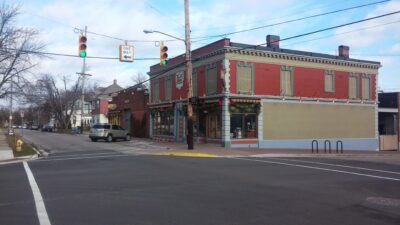Last week saw Lansing take up bills for a “Historic District Modernization Act”, as well as CityLab weigh in on historic districts’ role in driving up housing prices and limiting affordability. In this context, we can revisit the role of local historic districts in placemaking.(Spoiler: they’re an important tool!)
Since about 1970, when the Federal and state historic preservation statutes were enacted, 78 cities around Michigan have created districts to support their historic neighborhoods. These efforts provided property owners in those areas a stable and predictable context for investment, often allowing blighted or long-neglected areas to become, over time, some of our communities’ most sought-after neighborhoods. The combination of expertise and oversight provided by Historic District Commissions and staff, as well as Federal tax credits (and state credits, until recently), laid the foundations for these efforts.

Grand Rapids’ Cherry Hill area demonstrates how historic districts support the ongoing work of neighborhood reinvestment. (Photo courtesy East Hills Council of Neighbors)
I’ve previously written on Grand Rapids’ Heritage Hill and East Hills neighborhoods, which offer great examples of how historic districts support placemaking. In 1992, residents of the Cherry Hill area of the east hills began the process of forming a district as part of their fight against blight, crime, and absentee property owners. A walk through the neighborhood today, just over two decades later, shows how the district has contributed to creating a great neighborhood that anchors the Wealthy Street and Cherry Street commercial districts. While work definitely remains to be done, many of the homes have been brought back from the brink of destruction by fire or neglect, creating the physical fabric that supports close relationships between neighbors.
The significance is not just aesthetic, but economic. During the real estate roller coaster of the last 10 years, Zillow reports this neighborhood’s average home value has increased by 25%, while the average home value in Grand Rapids as a whole remains 7% below 2006 levels. In the Fairmount Square portion of the East Hills-where another historic district was established in 1999, following Cherry Hill’s example-the economics were strong enough to support the construction of 35 condo townhomes during the middle of the recession, in coordination with the rehabilitation of the adjacent DA Blodgett Home for Children. The success of these neighborhoods for both residents and businesses show how historic districts support economic development efforts-in buildings both new and old.

New townhomes in Grand Rapids’ Fairmount Square historic district show how new and historic construction can fit side by side.
The Grand Rapids examples also show the weakness in CityLab’s critique. While that piece targets local historic districts as tools to exclude lower-income residents-and uses an image from the Heritage Hill district to illustrate “pretty house” preservation-that neighborhood hosts Grand Rapids’ densest and most diverse set of housing options. The home pictured sits on a block whose housing ranges from beautiful historic mansions to modest homes on postage stamp lots, alongside a mix of duplexes, townhomes, carriage barn apartments, and 8 story apartment buildings: hardly the exclusive enclave of single-family homes the author describes.
In this case, as in many of our cities, historic districts include and protect housing in a broad range of styles and price points. And, as the Fairmount Square development shows, can incorporate new development as well. While local districts can be used to reinforce exclusive zoning, they don’t necessarily do so, nor are they as much of a factor as single-family zoning standards, minimum lot sizes, or parking requirements. And to the CityLab concern about historic districts boosting property values, well, that was the hope of the Cherry Hill residents trying to build a neighborhood-bringing property values from the rock bottom of abandonment back up to something near the city and statewide averages.

Older neighborhoods often mix retail storefronts into residential areas, offering the walkable amenities residents want.
In many cases, our historic districts are pre-war neighborhoods that look a lot like the types of areas that we’ve talked about in our strategic placemaking efforts: small commercial areas with apartments (or the possibility of them) above business uses that front on the sidewalk, and neighborhoods of homes, apartment houses, and small apartment buildings adjacent. Many of the buzzwords we use in our placemaking work, “compact, walkable mixed-use districts with high connectivity and missing middle housing options” (huh?)-are just a way of saying, “let’s build great new neighborhoods that look and function like these great old neighborhoods.”
In older communities across Michigan, taking care of the good places we already have is the easiest starting point for placemaking-and historic districts are an important foundation for that work.